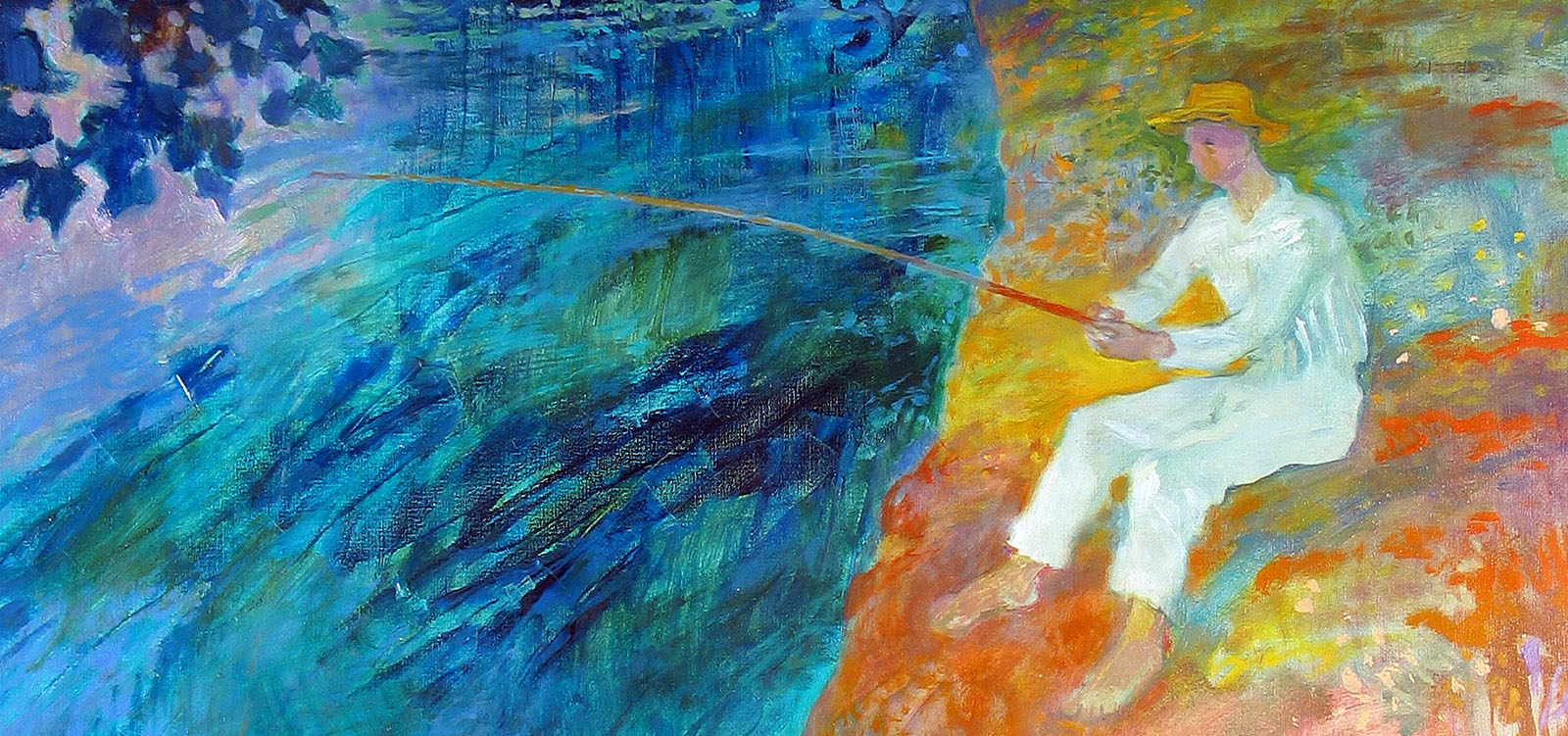
Investing in Art - The Art of Investing
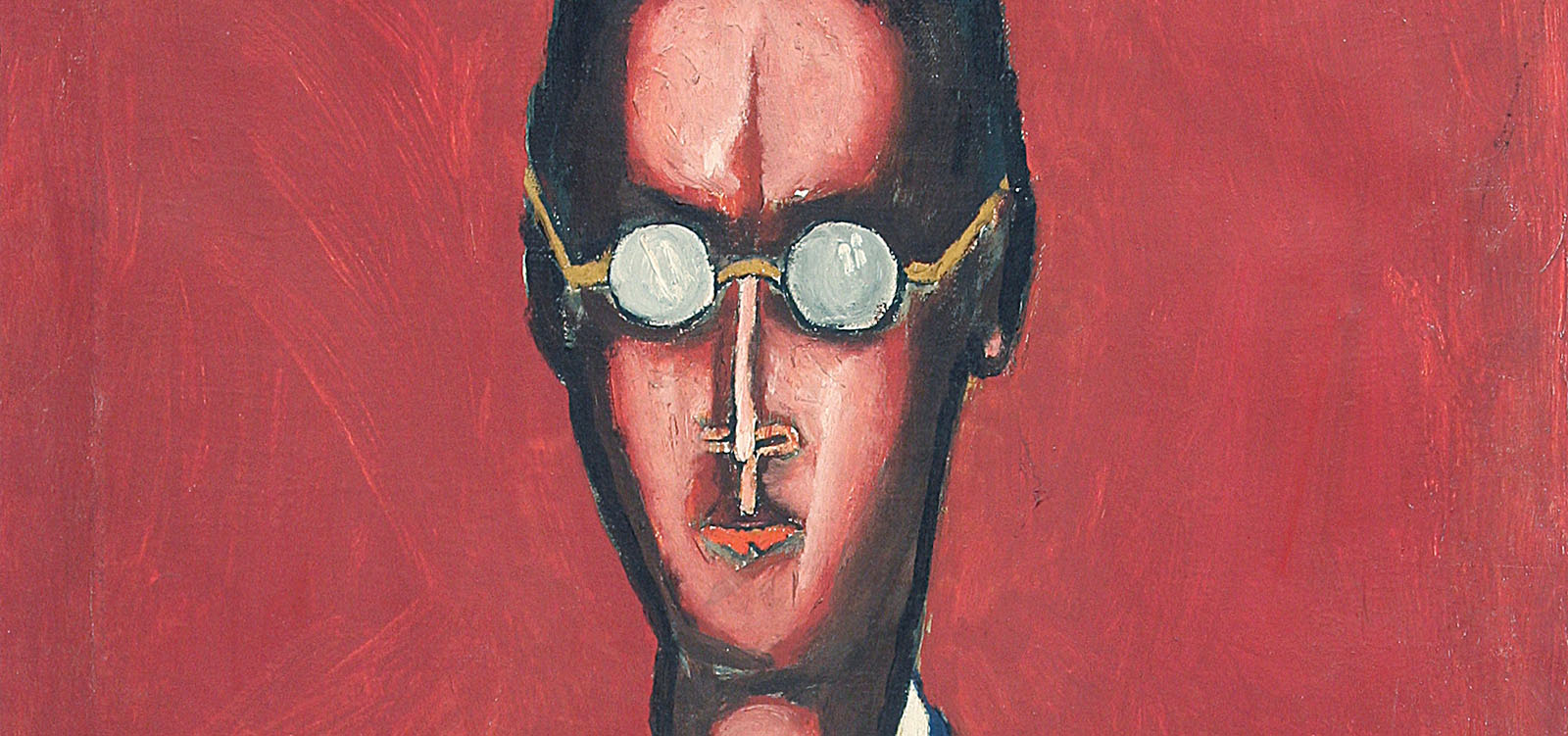
We create art collections
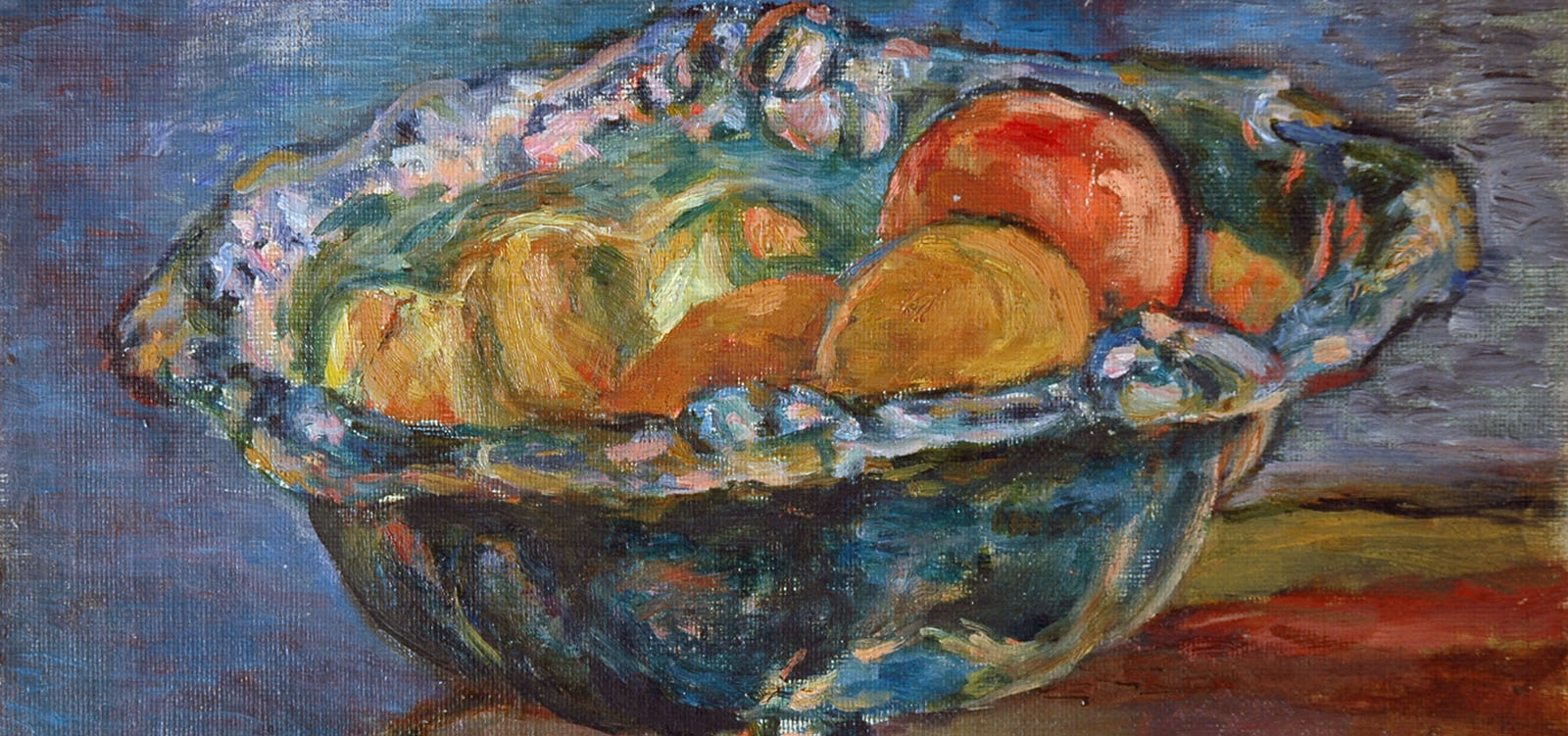
Art Consulting
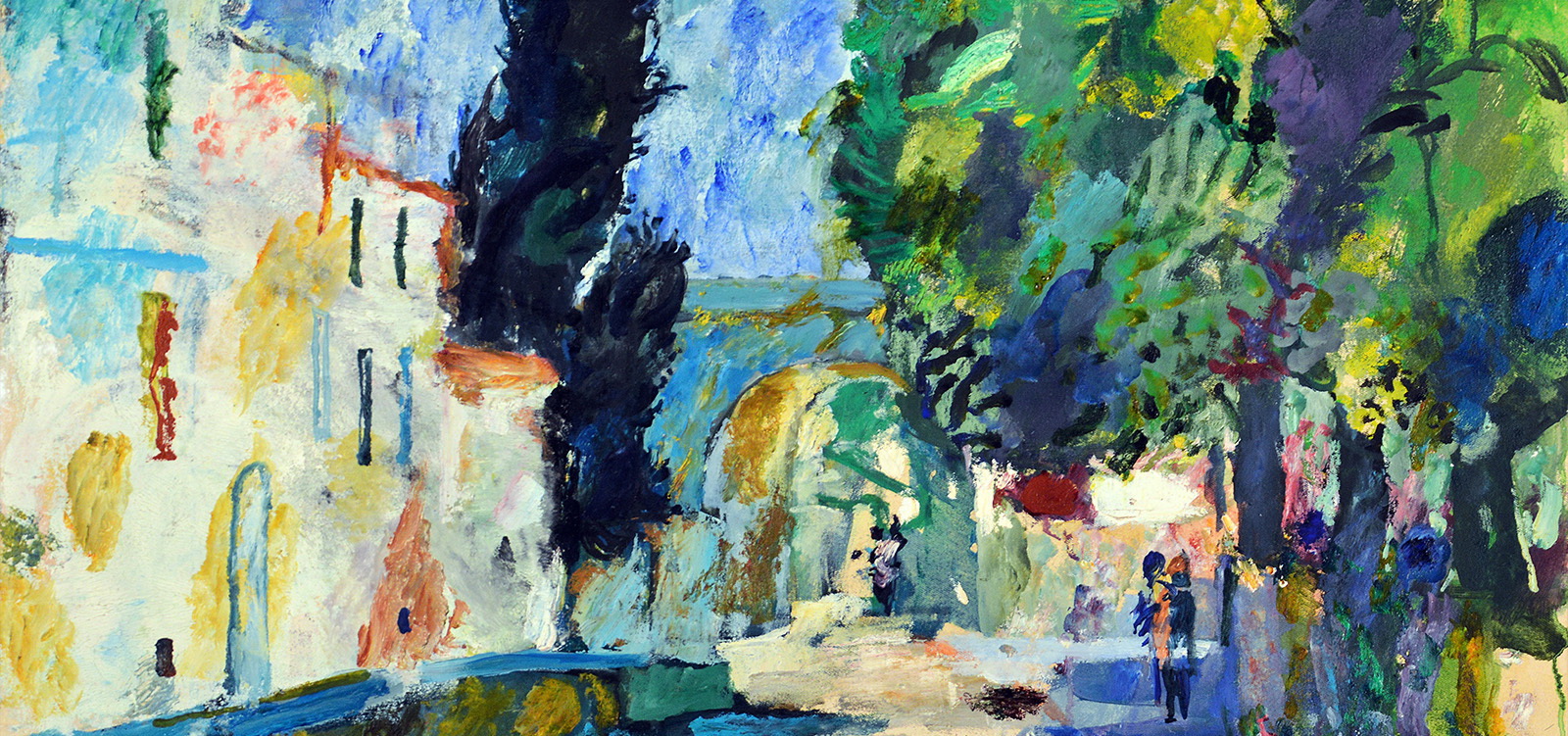
Arranging art collections
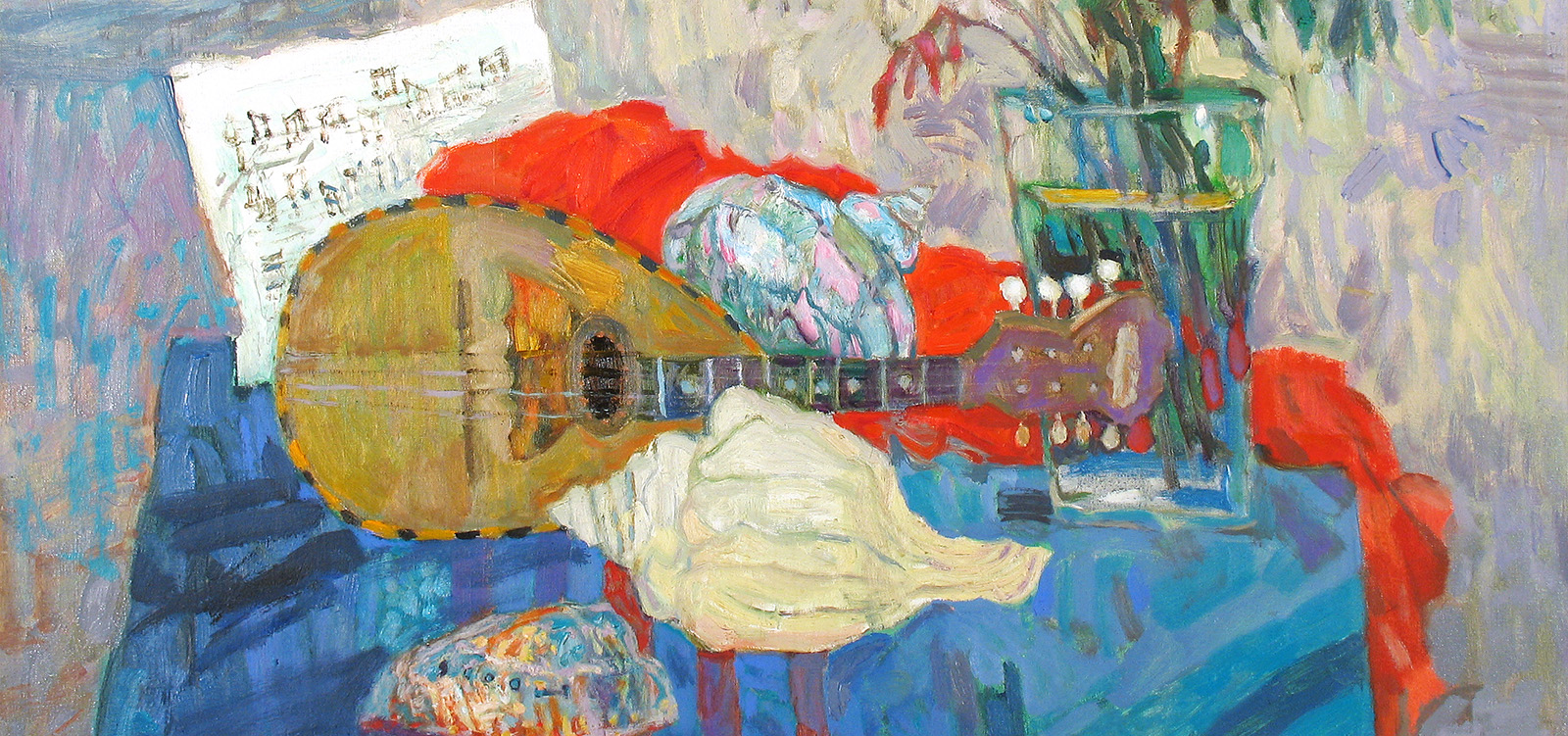
Cataloguing collections of works of art
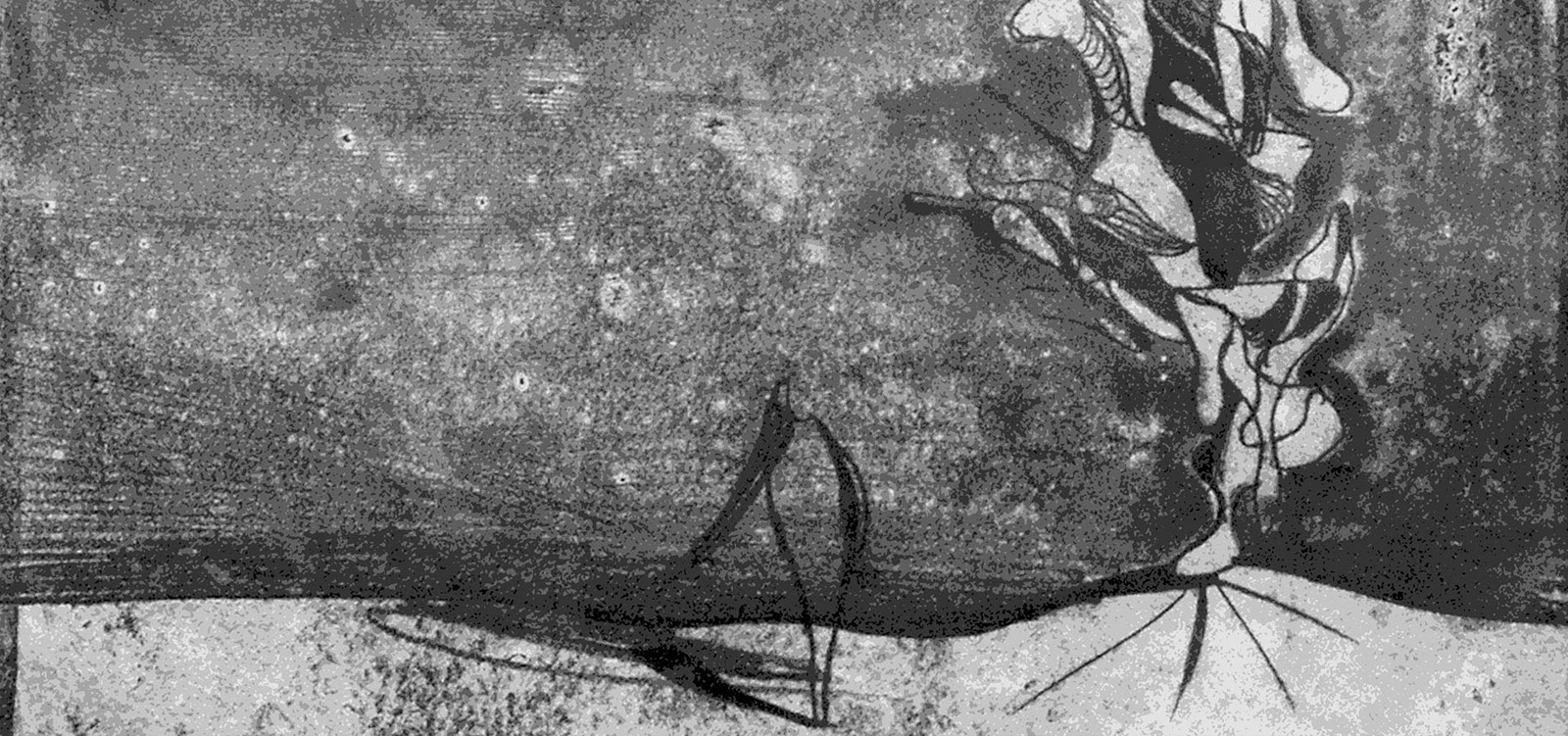
Consevation of works of art
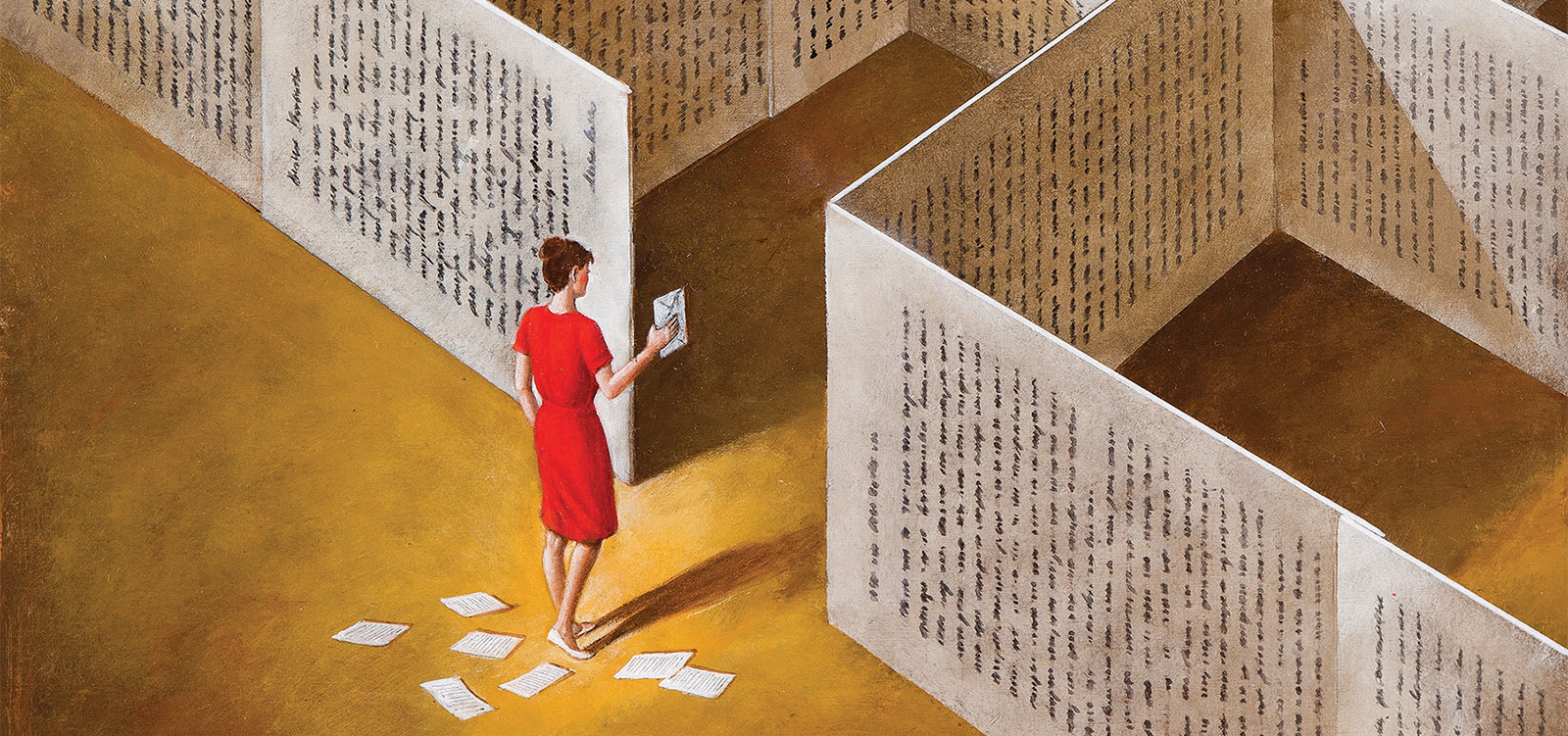
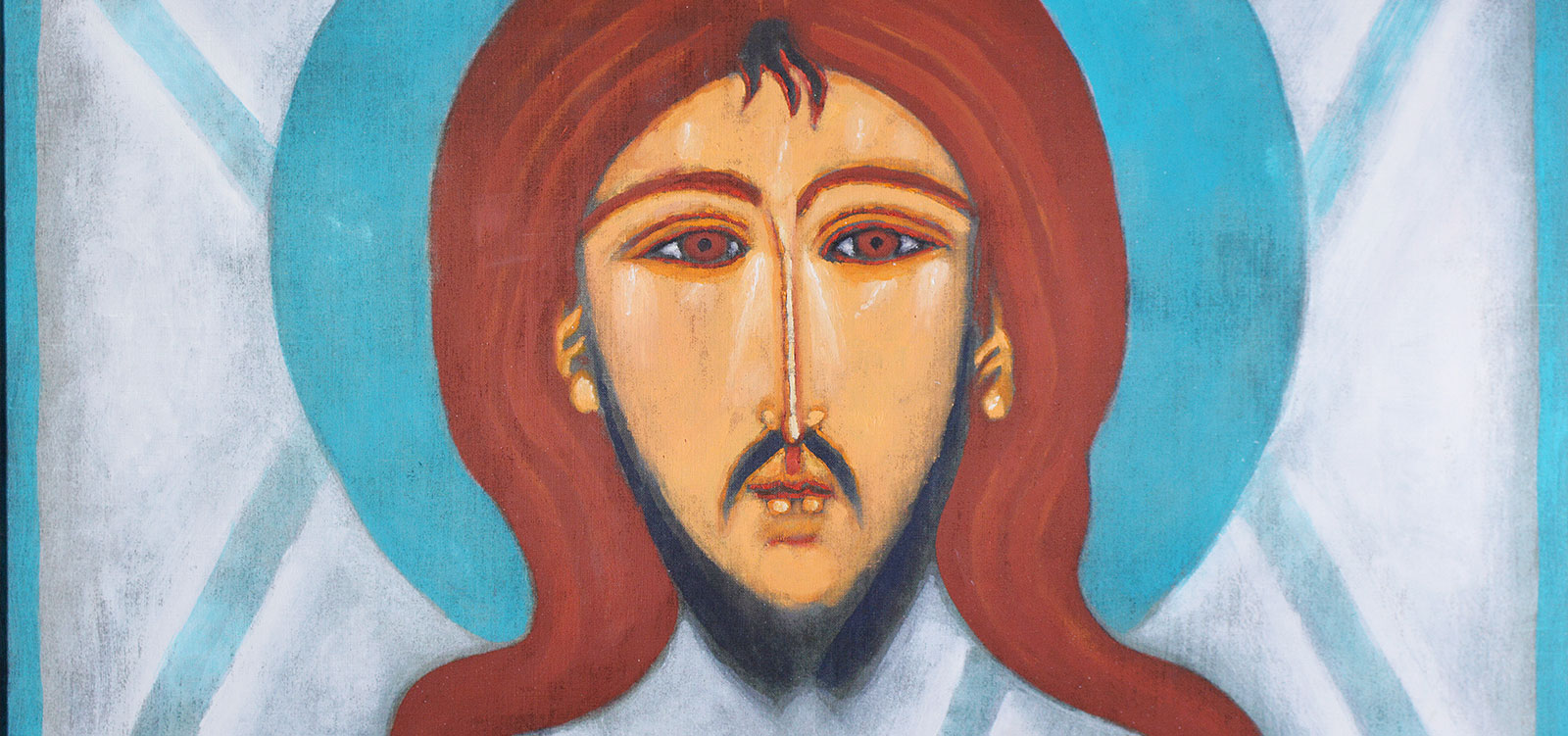
Today we know: painting as a technique and a separate artistic discipline is going to survive. And beauty in its purest form is also going to survive, because man depends on the visuality, perceiving as much as 85 per cent of sensations and information through the sense of sight, and man is an Epicurean, who likes pleasing all his senses, thus only a global epidemic of masochism could make him stop supplying pleasure to the most important of his senses.
So the pessimistic forecasts of even the most outstanding critics did not come true, of critics searching for the "last painter" among the pathless tracts of the "extended field of art", beyond which there is nothing else. Nothing but the ruins of forms, ideas and ideals battered with a battering ram of all-destroying avant-garde of our century. Painting has survived its attacks and remained an ability to cover the sheet with organised colours, just as sculpture has survived, meant as a solid in the space; and most importantly, beauty in its philosophical concept of emotions, thoughts and forms used to express them, has survived. No different than the Grecian reflection of the cosmic order, opposing and contrasting with the ugly magma of chaos. It turned out that the old master Kowarski was right when he lectured his students with the words: "people will not be able to tolerate the ugliness and will reject it". The bigger the contrast is and the more pushy and aggressive the ugliness becomes, the more eagerly people will reject it. Also in the subtle nature of the fine arts, which our century deemed proper to complete and balance with "the ugly arts".
But back then, in the times of youth and artistic puberty of Stanisław Batruch, the situation did not look so clear, and was not so obvious, as the division into the fine and the ugly arts was just beginning to draw, as everyone, especially every young, meaning: curious about iconoclastic novelties artist felt torn to two or more pieces. And he felt suspended between what he liked and valued, but did not dare to admit it to himself, and what was coming in the ado of the only revelation and triumphant cries of the disorientated critics. It was in the student years of the future coryphaeus of the Polish painting that the Information Bulletin of ZPAP (Związek Pisarzy i Artystow Polskich - the Association of Writers and Artists of Poland) was issued, including the articles of such celebrities as Jean Jacques Leveque, WAL Beeren and the Allan Kaprow, in which they enumerated twenty six simultaneous and parallel trends, or rather ideologies and artistic movements. There were plenty of them to choose from. Even more - you were supposed to make the choice, as the environmental pressure was huge, though the avant-garde had just lost or was just losing the lead. The young ceased looking at the masters of the Cracow Group as at their formal and spiritual leaders, which made the choice even more difficult. Soon there came the time of "romantic lyrics with no schools and directions," when the individuality only was important, and the term "romantic" did not mean just the elevated spirituality, and the concept of individualism was often equal to the ability to shock. And it often meant a banal idea and a strong voice, which in art is the ability to shock. The race had begun. It was a hard time for young artists. In both meanings of the word, not only for the lack of choice of media, but also because there was an avalanche of artists, and exhibition places and galleries were mighty little. However, it was just then, among the tough, well, even murderous competition, that Stani-slaw Batruch was noticed, first by Krakow, then the whole Poland, and labelled an enfant terrible of art, even though he did not shock with cruelty, nor with drastic scenes and forms, he did not run naked, or if he did, it was not through the exhibition halls (as some others did). Neither did he insult anyone like the fin de siecle bohe-me, to which he belonged due to his spirit and the wide-brimmed hat, and for which he has remained some warm feelings at the bottom of his heart until today. What was it then that made him different than so many others about whom you did not talk aloud, or talk at all, and who were soon forgotten, even though - just like them - Batruch undertook various, often being poles asunder, experiments, and made numerous "jumps", as he now calls them in "a forcible attempt of being different"? And he marvelled at himself, as young artists often do. He marvelled at his courage, distinction, not commonplace character of his works, at their innovatory character and even their perennial values. But it was for a while only, because then came the time for reflection. The opinions gained a different value: the works had grown old, did not pass the test of time. Nor did all those collages, all those ob-jet, paintings-objects, as the works from "the borderland" of artistic genres were then called, which were to disappear and dissolve in the freedom of "interdisciplinary art", in which every artist does everything simultaneously, or even "the formal art", in which every man becomes a creator, because technical abilities were discarded as bygones, ridiculed by time.
It was right then that Batruch understood that he had a vocation for painting, just this opposed "covering the sheet with colours in a given order", that he would aim at the discipline of thought and formal discipline, sometimes called "thinking in colours", translating concepts into colours and colour combinations and their load. He felt to be a link in the long chain of painters, even more easily, as he had never completely broken the bond with the tradition which was in those years often equal to backwardness. By doing so, he showed the strength of his character - his self-criticism and good taste. And his courage, because open use of paintbrushes was an act of courage then. It was at that time that one of the young and similarly to Batruch thinking artists to the question of an avant-garde master, "What are you carrying here, dear colleague?", answered, "These? You wouldn't say, these are paintbrushes, Professor ...." Because a truly modern painting was then done with a hammer and pincers. Or at least some glue. But a brush?
When we say "painting", or "art", meant as the area of formulating truths and the method of expressing them, we think in fact about inspiration. What exactly, what external and internal factors stimulated the mind and sensitivity of the artist and from where did the impulse deciding on the form of the message and its contents come? There could be and usually are various opinions on this matter, though Margitt Wheeler's research explained a lot in this respect, proving that art draws in almost 80 per cent from art itself, and the remaining 20 per cent from science and nature, a Cinderella in this case. In the case of Stanisław Batruch, the situation looks a little different: yes, he is inspired by art, as it is hard not to be, just because no one is born without ancestors and everyone has some fascination. But this inspiration is limited, or at least not that important as some think. He was labelled a "postimpressionist", partly due to some automatism in thinking and laziness. Probably because he studied in the studio of the grand lady of our colourism, Hanna Rudzka-Cybisowa. Nothing of the sort. Batruch has never been a part of that movement, although you could see echoes of "the colour play on the sheet" in some of his pictures. But they are only echoes just because the aesthetic formula of painting has never been enough for Batruch, because he belonged to a totally different group of emotionally committed artists, strongly reacting to the world, to the events, to the atmosphere of their times, last but not least to the social issues, which led Batruch in the direction of graphic journalism, which likes shouting and blunt expression.
Batruch was protected against shouting by his personal and artistic culture, and his intelligence together with some introvert inclinations, led him to reflection. Yet in that time the Polish modern painting was in the process of transformation from the world of geometrical abstraction and informel to the regions of New figuration, usually metaphorical in character. Art was regaining its voice and the ability of precise formulating its thoughts. It was coming down from the heights of concepts or their appearances to the down-to-earth, close and real world, in order to start talking about this world and its problems, which was exactly what suited Batruch. So he combined all these elements in his art, enriching them with the dramatism of baroque light-and--shade and the romanticism of Young Poland, as a result of which he became a very Cracow type of artist, an artist with distinctly visible "now and here". An artist who lives in specific conditions, who has arisen from the specific tradition and is now continuing it in its own individual way. A very consistent artist, because this enfant terrible of the young Cracow art is in fact a very disciplined person. And a hard-working artist, because Picasso was right, when he said to Ge-nevieve Laporte, "Young artists think it is enough to do what I did when I was their age: to chat, drink, smoke, go to cafes and... wait for the success." Then he blew out a cloud of smoke and added with half-shut eyes, "It is not true. You have to work..."
Batruch did work. He worked a lot, with sense and sensitivity and with inquiring mind, which means working in cycles, in which thoughts and their shapes crystallise and mature. Gradually, step by step. Yet Batruch's steps were quick and long.
The first cycle was Sportsmen (Sportowcy), which is nothing strange if you consider the fact Batruch was not a bad sportsman himself. But sport has many faces and a lot to explore. You can find triumph and defeat, efforts and fight... Batruch saw in it the movement of solids modelled by light and colour. And he saw geometry in wrestling mats and hurdles, but probably first and foremost he saw a terribilita of Michelangelo, vastly exceeding sport fight, in a Bacon-like manner.
Then came Barriers. It was 1980, the year of the first Solidarity. Poland was in turmoil. In Batruch's paintings there are cross-bars and barriers in red or white and red, everything which constrains, hinders the freedom of people with blurred faces, the anonymous crowd of fellow countrymen oppressed by the regime. Undoubtedly. It was like that. Batruch's works were a protest or a manifesto, they expressed the feelings of the majority.
From the artistic, just as important, or even more important, point of view, Barriers were a combination of geometry with a spot of expressive figure, a superior, ideal, even Vanton-gerloo's order of "mathematical graphics" with human spontaneity. Batruch in his way praises the times of rebellion and violence, which was by the way properly evaluated by East German customs officers, who did not let his pictures through the border. They saw in them a strong reaction to the contemporary world, to the "red" fear ruling the society and they saw the obvious symbolism of the bird of hope, sitting on the shoulder of one of factory workers, because the social status of painted people was unambiguous. And it was really fine and more decisive than in Sportsmen, stronger in the dramatic contrasts of everything which can be antagonistic. Yet scrupulously put in order at the same time.
The times have changed. Barriers have become the past or disappeared. A time of liberated emotion has come. Geometry has run deep inside, hidden under the spots of colour, but exercising its discipline on them. This discipline is hidden but palpable. In these paintings the Batruch's epic nature reaches its apogee, with the force and vastness of treating the leitmotif. Contrasts disappear or just begin to soften, limited to the juxtaposition of light and shade, spots and colours, or more accurately - to the relation of colour spots to each other. Batruch's paintings gain force, become more and more compact and monumental, and this is their force. Getting bigger and more compact, dense and a little gloomy or even sinister sometimes.
And later still a new and unknown note starts to show in his painting: a note of optimism and joie de vivre, sometimes transforming into a joke. Solemn symbols become the past together with barriers and factory workers, giving place to fair-coloured girls with long legs and other beautiful attributes of body. Probably also with beautiful attributes of soul, because the colours of paintings become light and luminous, and light is unambiguously symbolic in our culture.
Stanislaw Batruch is, as we have already said, an epic. He tells stories about people, about himself, about others, about us, about our emotions and relations as well as about his relation to people. As an epic he does not avoid judgements or even accusations. The big and the petty ones, like Gossiping Women (Plotkarki) or Lust of Money (Zadza pieniądza), though he does not ascend to the peak of conscience and morals of the world. And even when he does, it is sporadically, because his inbred sense of humour prevents him from putting on Cato's toga. Whatever he paints, he's always warm-hearted. Even more and more warm-hearted with the passing time, as lout comprendre c'est tout pardonner. Thus always, even at the bottom of his epic predatory character there is a drop of lyricism hidden.
It is from his lyricism that all his landscapes, those close to us and romantic ones, perhaps close because of their romantic nature, draw. They are painted with decisive strokes of the brush, they have a strong, modernistic structure, therefore are very remote from the "picturesque" sweetness, but because of that -- convincing. Zola was right when he wrote that a good landscape is "nature seen through the temperament", just as Villon was, saying that it is a "crystallisation of emotion".
First of all a landscape is an inner portrait of the artist, just as telling as the latest, painted in Hungary in 2000, portraits of people - light, bright, but with no faces, except for one playful eye looking at...
Precisely, at what are they looking? Us, or maybe the banality of all our deeds, at the dead earnest with which we treat the world deserving just a sneer?
